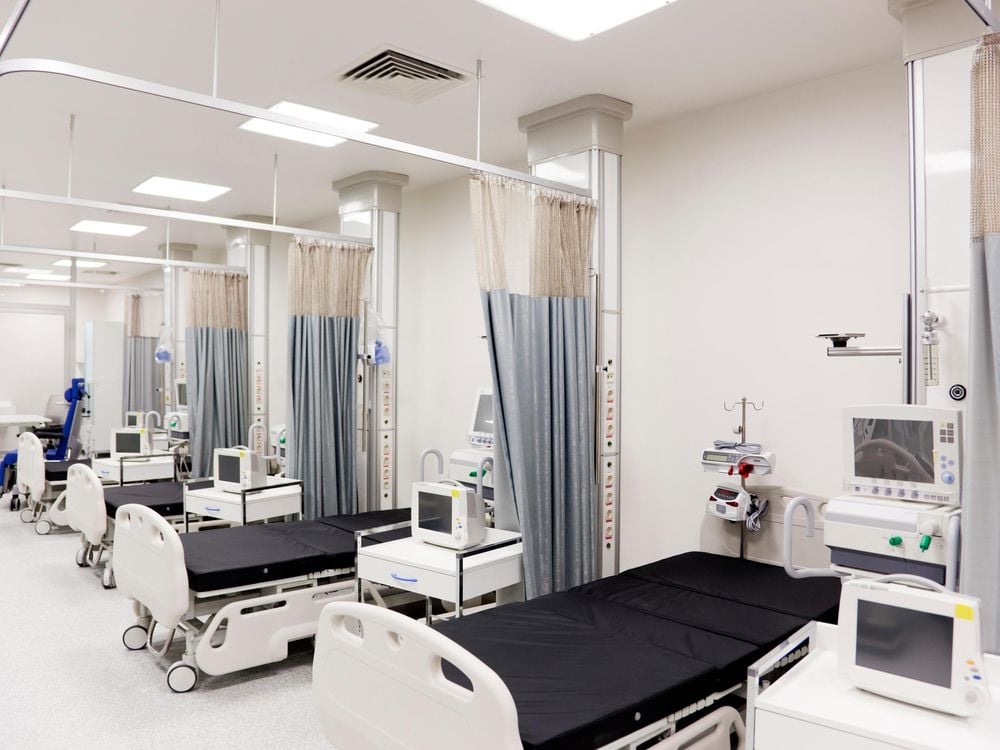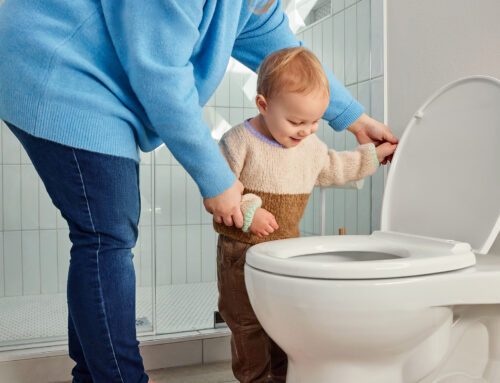What is a Virtual Colonoscopy?
Virtual colonoscopy, also known as CT colonography, is a minimally invasive imaging technique used to evaluate the colon for polyps, cancer, and other abnormalities. It uses a CT scanner and advanced computer software to create detailed images of the colon and rectum.
During a virtual colonoscopy, the patient lies on a table and a small tube is inserted into the rectum to gently inflate the colon with air or carbon dioxide. The patient is then moved into the CT scanner, which takes a series of detailed images of the colon. The images are processed by computer software to create a 3D model of the colon that can be viewed and analyzed by a radiologist.
Virtual colonoscopy is less invasive than traditional colonoscopy, as it does not require the insertion of a colonoscope into the colon. It is also typically faster and does not require sedation, although some patients may still choose to be sedated for comfort. However, virtual colonoscopy is not suitable for everyone, and traditional colonoscopy may still be recommended in some cases.
Virtual colonoscopy is often used as a screening tool for colon cancer in patients who are at average risk and who are unable or unwilling to undergo traditional colonoscopy. It can also be used to evaluate patients with symptoms such as abdominal pain, rectal bleeding, or changes in bowel habits. If polyps or other abnormalities are detected during virtual colonoscopy, a traditional colonoscopy may be recommended for further evaluation or treatment.
What are the risks of a traditional colonoscopy?
A traditional colonoscopy is generally considered a safe procedure, but like any medical procedure, it carries some risks. Some potential risks of a traditional colonoscopy include:
- Bleeding: In rare cases, the colonoscopy can cause bleeding, particularly if a polyp is removed or if the lining of the colon is damaged during the procedure. Most cases of bleeding are minor and stop on their own or can be easily treated.
- Perforation: A colonoscopy carries a small risk of causing a perforation (tear) in the wall of the colon. This is a serious but rare complication that may require surgery to repair.
- Adverse reaction to sedation: The sedatives used during the colonoscopy can sometimes cause an adverse reaction, such as an allergic reaction or respiratory problems. These reactions are rare but can be serious.
- Incomplete procedure: In some cases, it may not be possible to complete the colonoscopy due to factors such as a blocked colon or inability to pass the scope through the entire colon. Incomplete procedures may require a repeat colonoscopy or alternative screening method.
- Infection: There is a small risk of infection associated with a colonoscopy, particularly if the equipment used during the procedure is not properly cleaned and sterilized.
- Other complications: Other potential complications of a colonoscopy include abdominal pain, bloating, and reactions to the bowel preparation used to empty the colon before the procedure.
It’s important to discuss the risks and benefits of a colonoscopy with your healthcare provider before the procedure. In most cases, the benefits of a colonoscopy in detecting and preventing colorectal cancer outweigh the risks.




